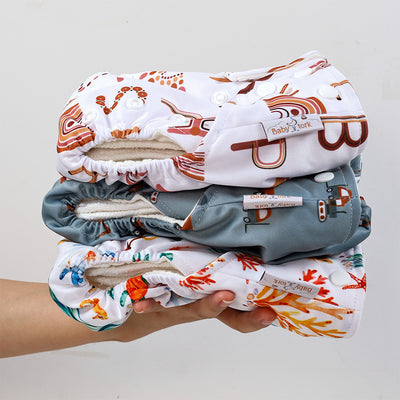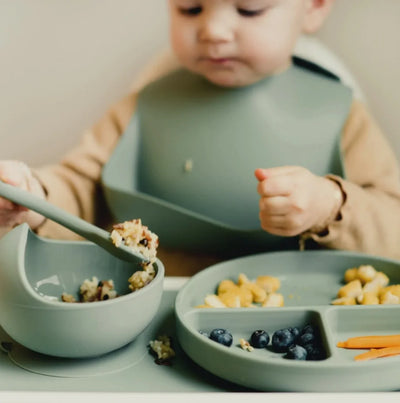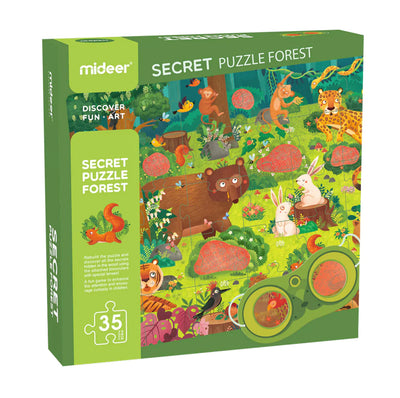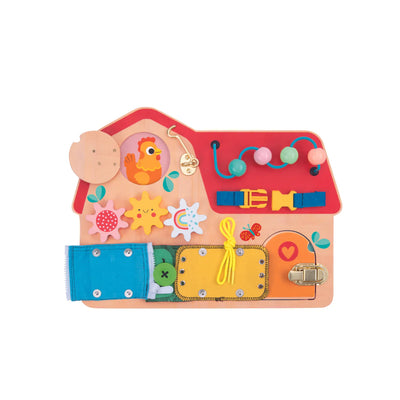Loose parts: What does this mean?
Ideal for adding and using loose parts for activities in a child care program.
Loose parts
is a wonderful term coined by architect Simon Nicholson, who carefully considered landscapes and environments that form connections. Nicholson believed that we are all creative and that “loose parts” in an environment will empower our creativity. Many play experts and early childhood educators adapted the theory of loose parts.
How can I provide loose parts?
Loose parts can be natural or synthetic. It is helpful to think of loose parts as something that will help children inspire imagination and creativity on their own terms and in their own unique way.
Giving meaning to loose parts
Giving meaning to loose parts requires us to think about the possibilities of how a child learns and consider the materials and environments she uses. Loose parts create endless possibilities and invite creativity. For example, if a child picks up a rock and starts to play, most likely that rock can become anything the child wants it to be. Imagination, creativity, curiosity, desire, and need are the motivation of loose parts.
Loose parts are materials that can be moved, carried, combined, redesigned, lined up, and taken apart and put back together in multiple ways. Loose parts can be used alone or combined with other materials. There is no set of specific directions for materials that are considered loose parts. The child is the direction.
Loose parts encourage open-ended learning
A term strongly connected to loose parts is open-ended. Open ended materials, environments, and experiences encourage problem solving and are child centered. Children involve themselves in concrete experiences using loose parts, which lead to explorations that occur naturally, as opposed to adult directed. However, adults do play important, intentional roles in preparing, guiding, and documenting open ended learning experiences.
Consider how often children enjoy bringing materials from one area to another and making connections, such as the child who brings pretend food from the dramatic play area into the block area or the child who offers a plate of rocks and grass and shares his recipe for spaghetti; how creative! When children are encouraged to integrate play materials and areas in their own creative ways, they are experiencing open ended learning.
Examples of loose parts in…
a natural play area:*
water • sand • dirt • sticks • branches • logs • driftwood • grasses • moss • leaves • flowers • pinecones • pine needles • seeds • shells • bark • feathers • boulders • rocks • pebbles • stones
a playground:
balls • hoops • jump ropes • tires • sand • water • dirt • straw • boulders • rocks • stones • pebbles • buckets • cups • containers • digging tools • chalk • scarves • ribbons • fabric
an indoor environment:
blocks • building materials • manipulatives • measuring • pouring devices (cups, spoons, buckets, funnels) • dramatic play props • play cars, animals, and people • blankets • materials • floor samples • water • sand • sensory materials • recycled materials (paper tubes, papers, ribbons, caps, lids, wood scraps, wire, foam, cardboard) • plastic gutters • small plungers • tools • art materials (buttons, spools, natural and colored popsicle sticks, beads, straws, paints, brushes)
Children choose creative, loose parts over fancy toys
 During a holiday gathering, two young children were fortunate enough to receive holiday gifts and toys. The parents noticed that the children spent the most time doing three things: eating, playing with their aunt’s long necklace of large beads, and pouring water from cup to cup and floating carrots in the water. Yes, the toys were played with, but the most time and joy came from the eating, playing with the beads, and experimenting with the water.
During a holiday gathering, two young children were fortunate enough to receive holiday gifts and toys. The parents noticed that the children spent the most time doing three things: eating, playing with their aunt’s long necklace of large beads, and pouring water from cup to cup and floating carrots in the water. Yes, the toys were played with, but the most time and joy came from the eating, playing with the beads, and experimenting with the water.
It is in this free exploration and creation from the children that adults can see their concrete ways of thinking and doing, or as the famous psychologist Eric Erickson put it, adults can see their “natural genius of childhood and their spirit of place.” The cleverness and connections to formal learning that unfold from loose parts is amazing and is a motivation to make sure practitioners include loose parts in early childhood environments, whether it is home care, center care, or group home care.
Choking Cautions
Young children can choke on small objects and toy parts. All items used for children under three years of age and any children who put toys in their mouths should be at least 1¼ inch in diameter and between 1 inch and 2¼ inches in length. Oval balls and toys should be at least 1¾ inch in diameter. Toys should meet federal small parts standards. Any toys or games labeled as unsuitable for children under three should not be used.
Other items that pose a safety risk and should not be accessible to children under three include, but are not limited to: button batteries, magnets, plastic bags, styrofoam objects, coins, balloons, latex gloves, and glitter.





